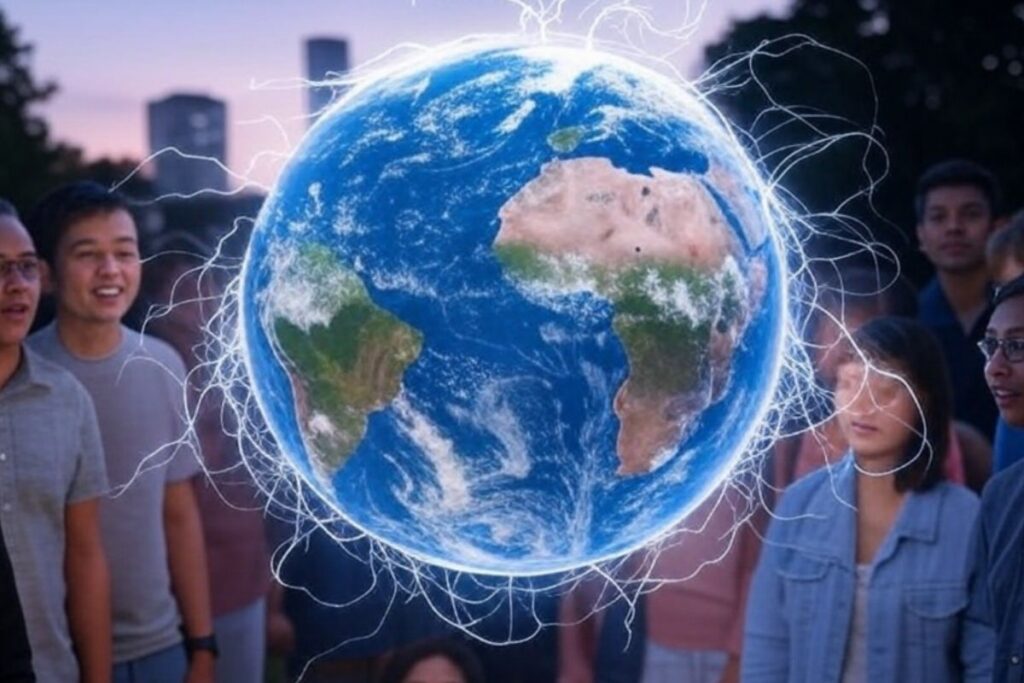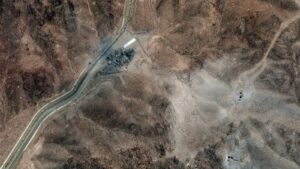
PRINCETON, NJ – In a groundbreaking experiment, researchers at Princeton University have successfully generated an electric current using the Earth’s rotation and magnetic field, validating a hypothesis that dates back nearly two centuries.
Breaking: Earth’s Rotation Yields Electric Current
Scientists led by Christopher Chyba at Princeton University have published results in the prestigious journal Physical Review Research, confirming that the Earth’s rotation can indeed generate a DC electrical voltage. This experimental breakthrough revives a concept theorized by Michael Faraday in the 19th century, which many had dismissed as a dead end.
Immediate Impact
The experiment demonstrates the possibility of inducing an electric current by moving a conductor through the Earth’s magnetic field, a principle similar to that of electromagnetic induction used in dynamos and alternators. Despite the significant theoretical implications, the practical challenges remain colossal.
The voltage generated is infinitesimal: 17 microvolts, less than one-thousandth of a simple button cell battery.
Key Details Emerge
The research team’s success hinged on identifying a crucial subtlety overlooked in previous studies. By using a magnetically permeable material shaped into a hollow cylindrical shell, they managed to locally perturb the magnetic field pattern, preventing the perfect cancellation of forces that had stymied earlier efforts.
By the Numbers
The experiment produced a DC voltage of 17.3 ± 1.5 microvolts and a DC current of 25.4 ± 1.5 nanoamperes.
Background Context
The idea of harnessing the Earth’s rotation for electricity dates back to 1832, when Faraday first explored the concept. However, the uniformity of the Earth’s magnetic field at a local scale posed significant obstacles, leading many to abandon the hypothesis.
Expert Analysis
According to Chyba, the key to their success was re-evaluating the assumptions underlying previous impossibility demonstrations. By using a material with low magnetic Reynolds number, they ensured that the magnetic field diffused faster than it was driven by rotation.
What Comes Next
While the experiment marks a major scientific advance, practical applications remain distant. The scientific community is cautiously optimistic, awaiting independent replication of the results. Future research may explore miniaturization, series production, and operation in environments with higher magnetic fields.
If scaled, this method could slow Earth’s rotation by 7 milliseconds per century, a negligible impact compared to natural fluctuations.
This discovery, while not yet a new energy revolution, offers a tantalizing glimpse into the potential of fundamental physics. It reminds us that even the most familiar phenomena, such as Earth’s rotation, still harbor secrets waiting to be uncovered.







